
In January of 2019, I wrote about this garden.
Latumoni.
It was a 7-acre garden that bore the name of the small Assamese village it hugged against. Throughout 2018, their name was everywhere. Mainly because of their partner—and research station founder—Tea Leaf Theory. Through this operation’s efforts, and Latumoni’s care and hard work, the garden became a bit of a household name in some tea circles. If only for pushing the mission statement about the potential of small gardens in Assam.
I even developed an informal dialogue with the garden manager over social media. He would sometimes chime in, out of the blue, with random photographs from the garden. My favorite kind of trolling—tea trolling.
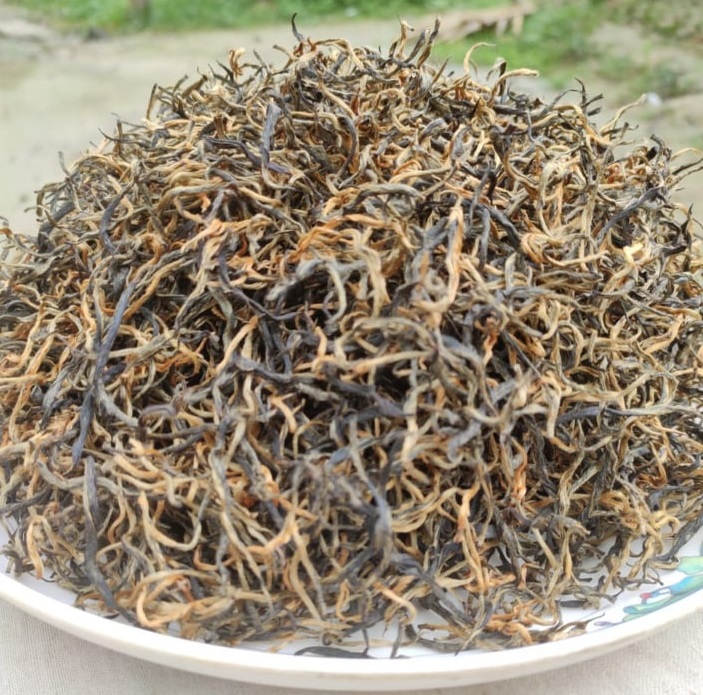
In November of 2019, Upamanyu—Tea Leaf Theory’s head of operations—got in touch with me. He never quite forgot how much I fanboy’d over Latumoni the year prior, and wanted to send off something special. An experiment of sorts. He didn’t tell me exactly what it was.
Obviously, I didn’t decline.
It arrived in my mailbox in short order, and (I think?) I brewed it up the following morning.
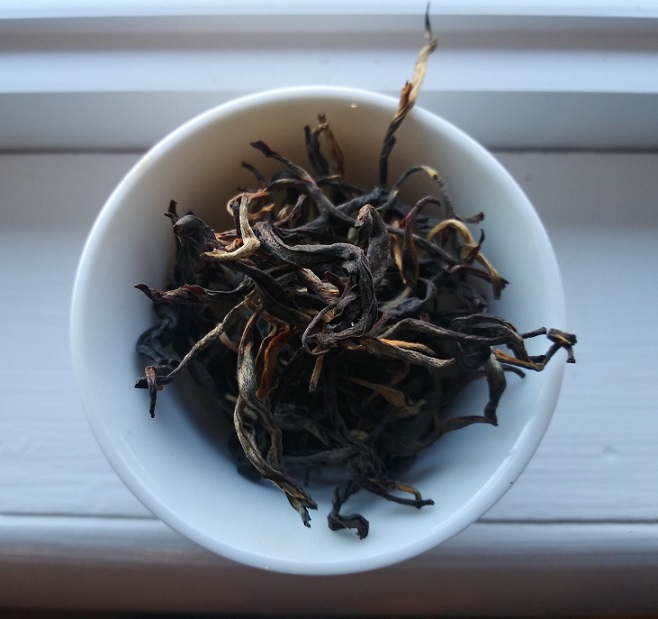
The experiment in question? They called it “Autumn Exquisite Assam”. A whole leaf Assam black tea made from T17 cultivar clones, but here was the kicker. The bushes of one particular garden plot were never pruned. They were left to grow as nature dictated. Anyone in their tea botanical know could tell you: feral(-ish) tea bushes are difficult to pluck from. Not only that, but the yield is inconsistent, and the flavor profile – even after processing – might be unpredictable. And Tea Leaf Theory/Latumoni decided to make a whole batch of just that; a full-on wild Assam.
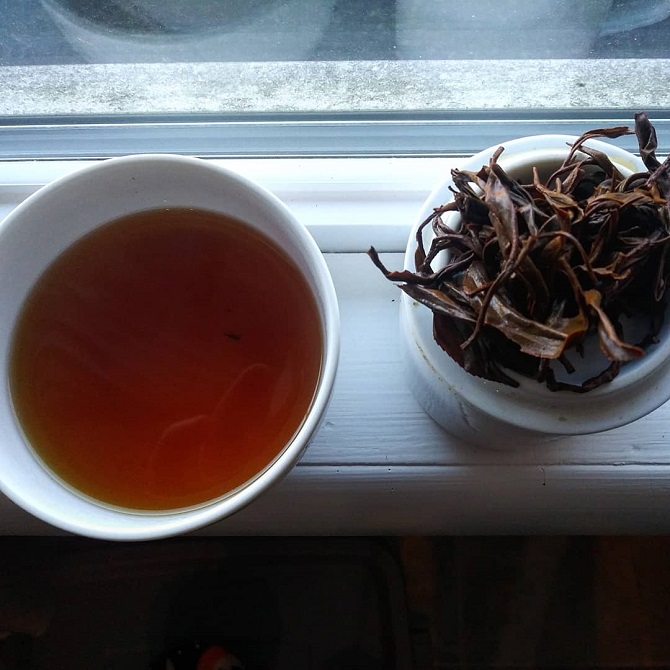
When brewed, the results were spectacular—if unusual. It wasn’t as full-bodied as the other Latumoni wares, yet it had the requisite “floral malt” profile, which set it apart from other Assams. However, the journey didn’t end there. Oooooh no.
Along with the usual palatial suspects was a distinct plum note that shows up in later infusions. (Yes, plural.) All the while balanced by an earthy sun-dried Dian Hong note permeating throughout. I got about four Western style steeps out of these whole, gold-tipped leaves.
A couple of days after that, I dipped into the autumnal batch of their Signature Gold Tippy Assam. It was their flagship tea every flush, and it was made from a mix of clones, wild seed, and other cultivars. That and the bushes were pruned regularly per season. It was. . .
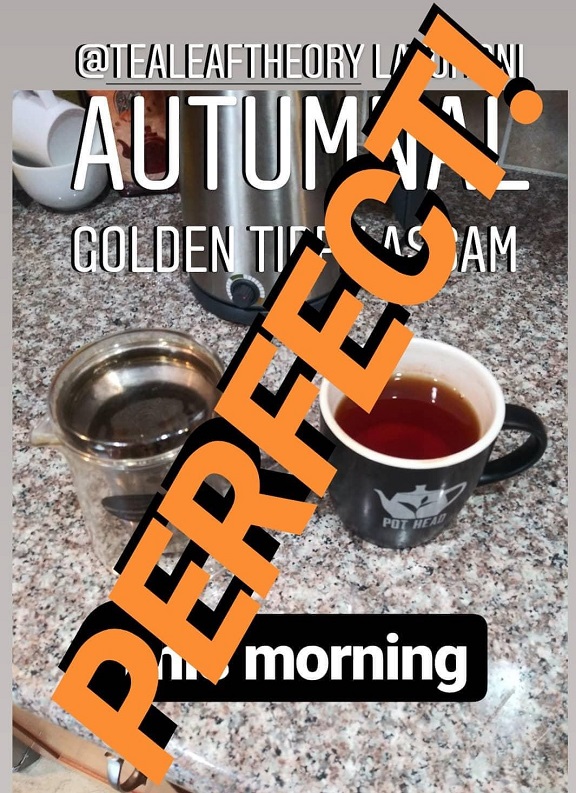
Yeah, not much more needs to be said there. It was quintessentially the perfect Assam. Yet again. As good, if not better, than the batch from last year. I originally intended to do a side-by-side with this and the wild batch, but that didn’t seem like a fair comparison. The wild had more going on, but it was an entirely different creature than the Golden Tippy. A revisit with the wild batch needed to happen, yet I wasn’t sure how to approach it.
In the meantime, I dipped into another Latumoni autumnal that came with the same Tea Leaf Theory box. This one, however, was a white tea—“Autumnal Peony White”—and . . . probably the most gorgeous white tea I’ve ever encountered from Assam. Also, interesting fact, it was only the second white Assam I ever tried. Funny how, after all these years, I hadn’t ventured into another one.
After trying this, I may never want to again; the buck stops here.
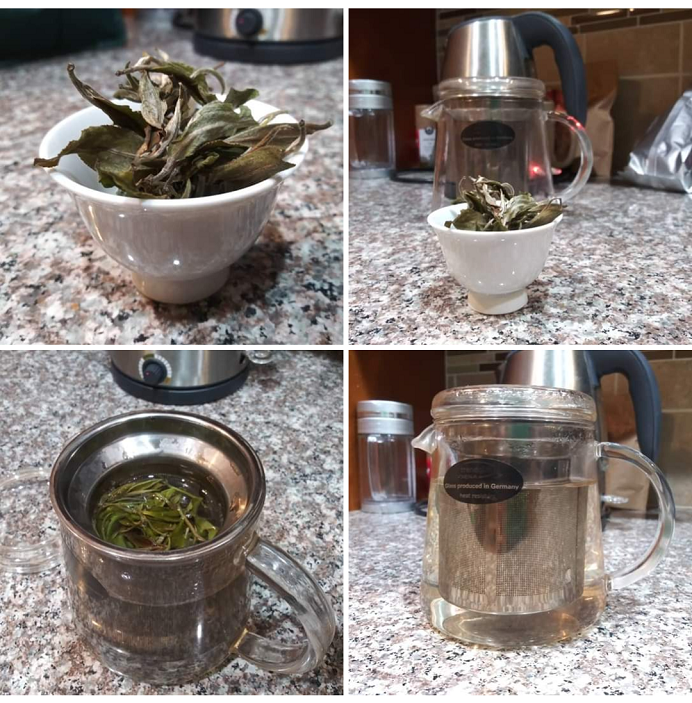
I can’t formulate the words to say how much I loved this beautiful tea. Okay, yes I can, but they’ll be just one step above gibberish. First off, it required hotter water than the usual white, and the longer you steeped it, the more creamy/floral it got. It reminded me a lot of an open leaf Yunnan white, but with a better (more vanilla-y) texture. Scratch that, toasted creamy vanilla texture, like Mexican fried ice-cream . . . if that flavor profile and mouthfeel came from a single flower.
Then it donned on me on how to revisit the wild Exquisite. Freakin’ gong fu! And so I did.
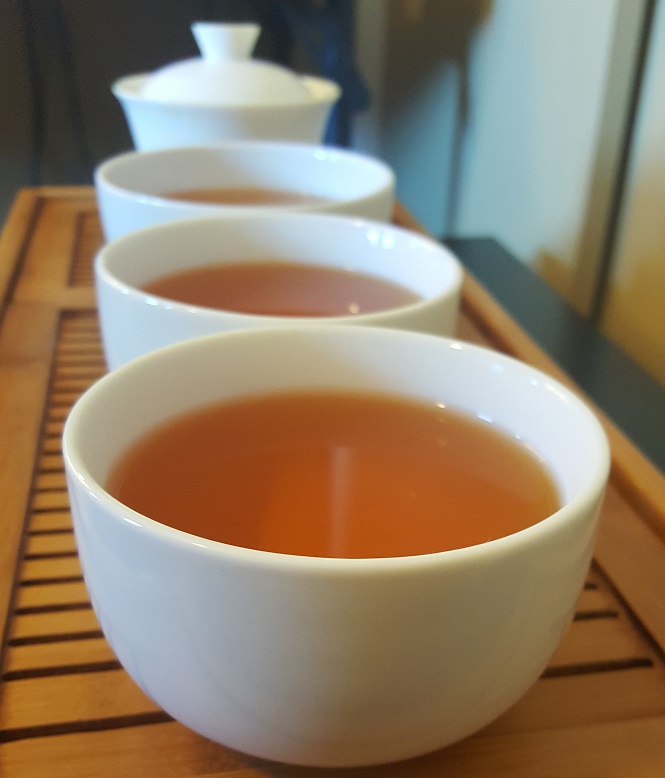
I subjected the Autumn Exquisite to several successive steeps—thirty-to-forty seconds each in boiled water—and by “several” I mean . . . ten. Yeah, I got that many out of this. I stopped taking notes after six.
Throughout the session, the flavor alternated from the requisite malty profile, to something more akin to plum. That is, if it was a plum grove grown in a secret garden run by elves or some other mythical creatures. Latter steeps took on more of a high altitude profile that flirted with Nilgiri frost tones, but stayed well within their full-bodied Assam grounding. All the while, a creamy texture permeated throughout.
In conclusion: the wilder leaf material could be gong fu’d, but the flavor profile wasn’t as punchy as the signature flagship tea. However, it had more layers. Plus, their flagship tea couldn’t be gong fu’d.
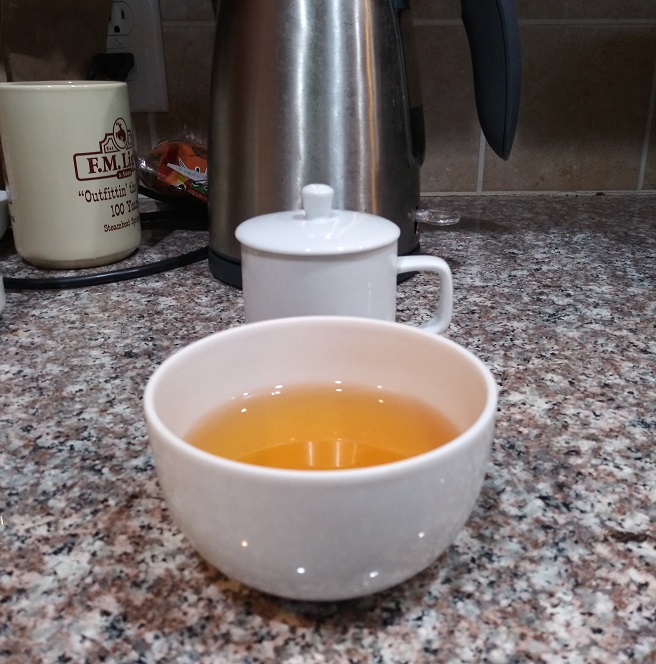
Believe me, I tried.
How best to capitalize on that?
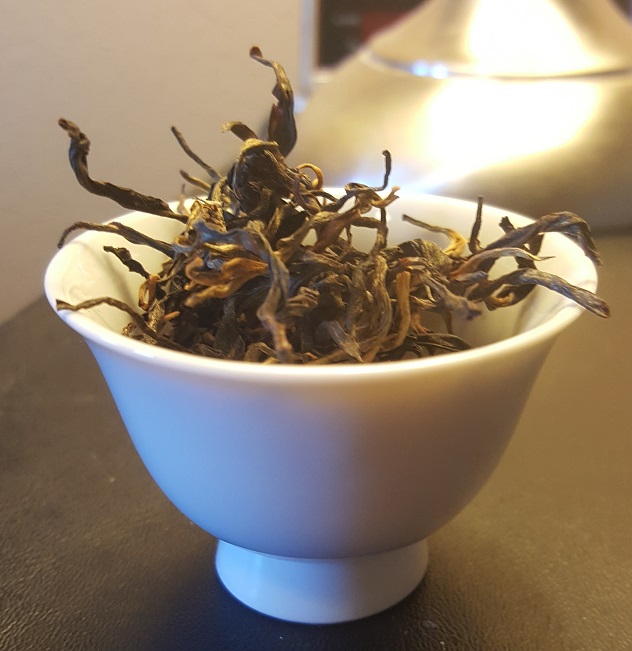
Shortly after that rollicking session, I spied a photo posted to Tea Leaf Theory’s Instagram.
Oolongs. Assam oolongs. I messaged them to find out where they hailed from. They said, “Latumoni.”
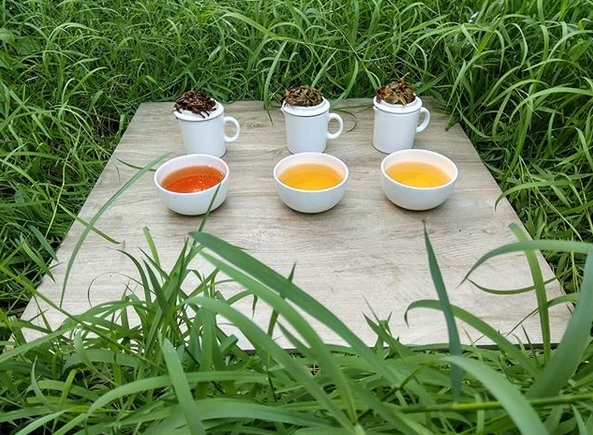
There was the answer.
In my not-so-humble, far-from-professional opinion, to reap the greatest reward from the wild plot, Tea Leaf Theory—and by extension, Latumoni—need to make a red oolong from this. Sun-withered, slightly rolled and bruised like a strip-style Baozhong, then oxidized to roughly 85%, and finally wok-fired like a green tea. I have a feeling the nuanced, complex, and multi-layered characteristics of this leaf material would really shine if subjected to such a process.
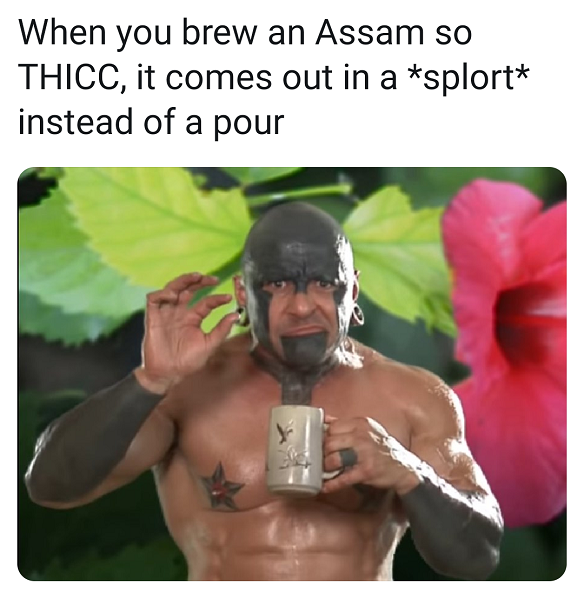
But that’s just a theory.
A tea leaf theory.
For more information on Tea Leaf Theory, their work, and their representative gardens, go HERE.
Leave a Reply